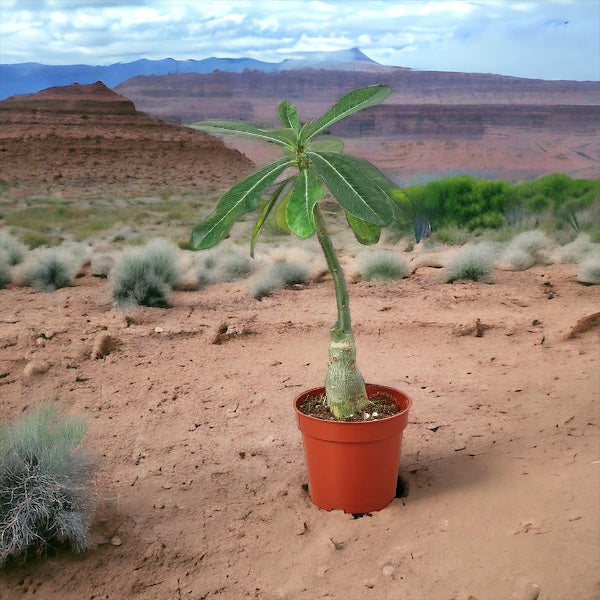The Burgundy Rubber Tree: A Touch of Deep Drama for Your Home
The burgundy rubber tree (Ficus elastica ‘Burgundy’) isn't just another houseplant. It's a statement piece, a burst of deep, vibrant color that instantly elevates any space. Its large, glossy leaves, ranging from maroon to burgundy, add a touch of drama and sophistication to your decor. But don't worry, this beauty isn't all looks and no brains. It's surprisingly easy to care for, even for beginner plant parents.
Sunlight Secrets:
Think about a tropical rainforest floor, dappled with sunlight filtering through the canopy. That's the ideal light situation for your burgundy rubber tree. Bright, indirect sunlight for at least 4-6 hours a day is key. East or west-facing windows are perfect, offering enough light without the harsh midday sun. Too little light can cause leggy growth and pale leaves, while direct sun can scorch the foliage.
Watering Wisdom:
Remember, the rubber tree comes from Southeast Asia, where it experiences distinct wet and dry seasons. Mimic this rhythm with your watering schedule. Let the top inch or two of soil dry completely before giving it a thorough soak. Then, allow excess water to drain freely. Overwatering is the enemy, leading to root rot and limp leaves. In winter, water even less – roughly once a month should suffice.
Soil Symphony:
Don't trap your rubber tree in a soggy swamp! Well-draining soil is essential. Opt for a cactus or succulent mix specially formulated for its needs. You can even create your own blend with equal parts potting soil, perlite, and coarse sand for optimal drainage. Avoid regular potting soil, as it retains too much moisture.
Pot Personality:
Choose a pot with drainage holes to prevent waterlogging. A pot slightly larger than the root ball is ideal, allowing for future growth without getting too big too quickly. As your rubber tree matures, repot it into a slightly larger container every 2-3 years. Remember, terracotta pots dry out faster than plastic ones, so adjust your watering schedule accordingly.
Bonus Tips:
- Leaf Love: Wipe the glossy leaves occasionally with a damp cloth to keep them dust-free and maintain their shine.
- Pesty Problems: Rubber trees are relatively pest-resistant, but if you see any unwanted visitors, insecticidal soap or neem oil can gently remove them.
- Pruning Power: If your rubber tree gets leggy, you can prune it to encourage bushier growth. Just be careful of the milky sap, which can irritate skin.
- Propagation Potential: You can propagate your rubber tree by stem cuttings. Take a 4-6 inch cutting, dip it in rooting hormone, and plant it in a pot with well-draining soil. Keep it warm and moist, and soon you'll have a new burgundy beauty!
The burgundy rubber tree is more than just a plant; it's a living piece of art. With its deep, dramatic foliage and surprisingly easy care needs, it's a perfect addition to any home. So, embrace its bold beauty, provide it with the right amount of light, water, and well-draining soil, and watch it thrive, adding a touch of tropical sophistication to your space.
Remember, with a little understanding and these simple tips, your burgundy rubber tree will become a thriving part of your indoor jungle. So, unleash your inner plant whisperer, let the rubber tree's deep red leaves unfurl, and enjoy the satisfaction of cultivating this easy-to-care-for, high-impact houseplant!




Leave a comment
This site is protected by hCaptcha and the hCaptcha Privacy Policy and Terms of Service apply.